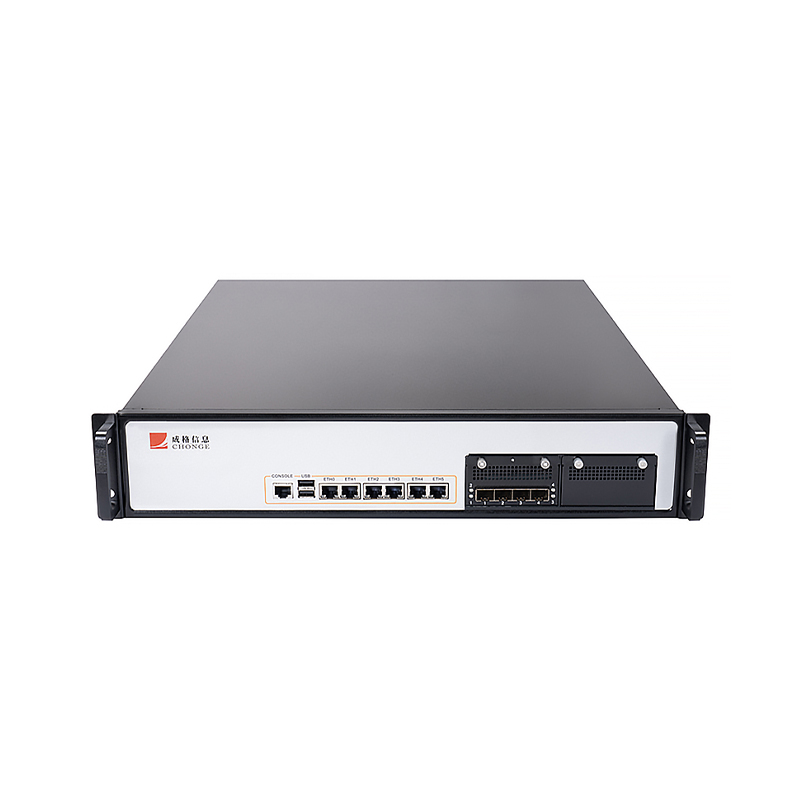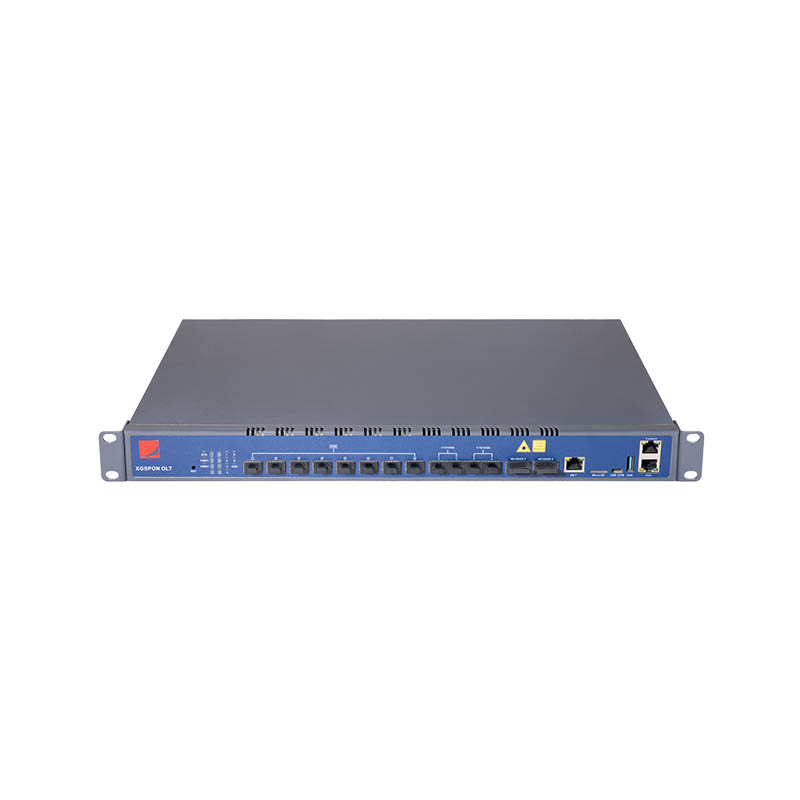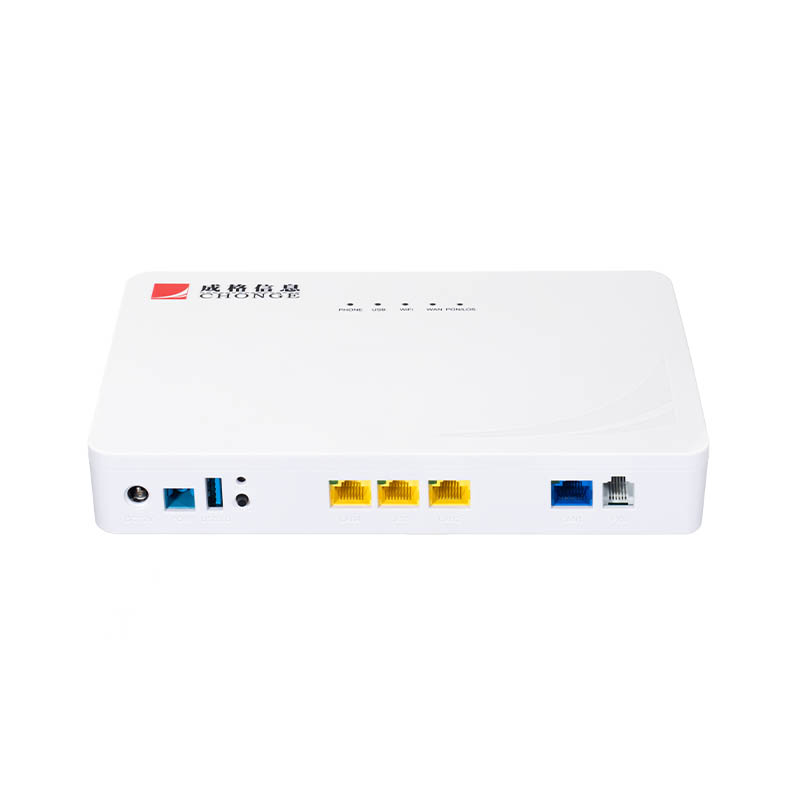Guangdong Dongli New Materials Technology Co., Ltd.
I. Project Background
Guangdong Dongli New Materials Technology Co., Ltd. (hereinafter referred to as "Dongli") was established in 2012 and is headquartered in Shunde District, Foshan City, Guangdong Province. It is a high-tech enterprise specializing in new materials, focusing on electronic surface protection technology. The company specializes in the research, development, production, and sales of surface protection and functional film materials, primarily serving industries such as new smart displays, 5G terminals, medical equipment, aerospace, new energy batteries, and high-end home appliances. This Dongli network construction project covers various business scenarios within the park's office buildings on floors 1-13.
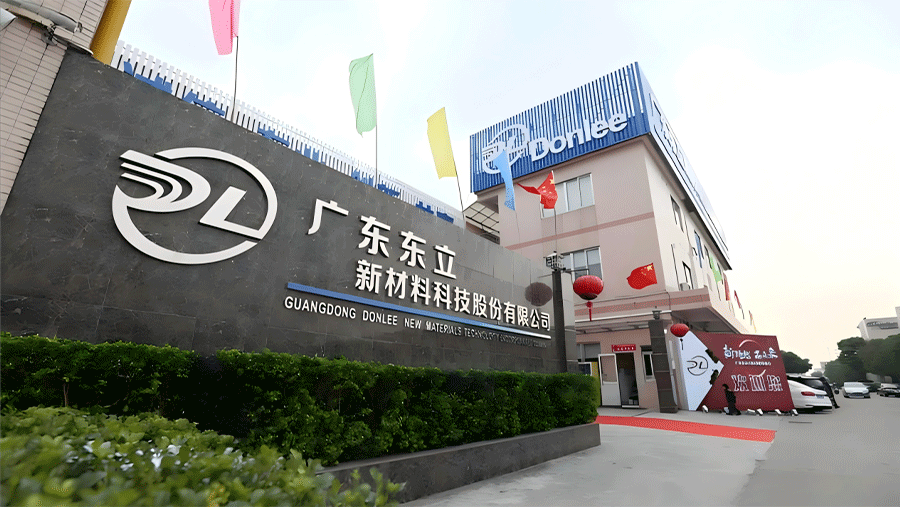
II. Solution Design
1. Construction Requirements
Provide network coverage and telephone access for the newly constructed office buildings in the park, build a high-speed and convenient enterprise all-optical network, enhance cloud computing and cloud resource sharing capabilities within the office area, connect the office building with the 5G network, pave the way for subsequent 5G applications, and enhance the office building's application and service capabilities in four key areas: security, intelligence, management, and production.
a. Construction Area: Network and surveillance coverage for the office building.
b. Campus Services: IP telephony, wired access, and wireless access, requiring a basic network to carry multiple services.
c. Network Requirements: The office network requires a simple, easy-to-deploy, and easy-to-maintain network.
2. Construction Plan
1) Utilize a POL all-optical network based on GPON technology, with a 10G backbone and 1G to the desktop. This will ensure interoperability of campus resources while enabling a single network to carry multiple applications in parallel, avoiding duplication of construction and resource waste caused by multiple physical networks operating their own systems and applications.
2) Utilize a star-shaped network architecture to support data transmission and exchange within the campus office buildings, while equipping each node with integrated wired and wireless ONUs to meet the network coverage requirements of the industrial park.
3) Deploy authentication gateways, OLTs, core switches, and telephone systems in the campus computer room to centrally manage ONUs and IP phones, enabling intelligent deployment and improving management efficiency.
4) Build a flattened network for the new regional network, utilizing a large Layer 2 QinQ access design (core switch - broadband control equipment - OLT - ONU). QinQ and port isolation will isolate different services and users from each other. This will prevent network attacks that can significantly impact the campus network, such as ARP attacks, bogus gateway attacks, and broadcast storms, ensuring the reliability of the entire campus network.
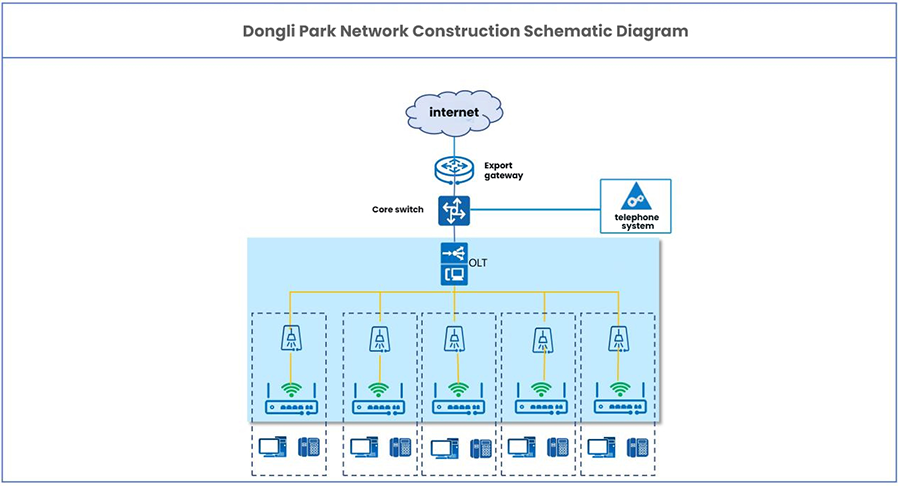
III. Solution Value
1. Centralized Deployment and Intelligent Management: The POL network supports unified deployment across all scenarios, enabling integrated O&M with device configuration and status monitoring through a centralized management platform. Its flat architecture reduces intermediate nodes, lowering link failure rates while enabling precise fault location and rapid troubleshooting, significantly improving O&M efficiency.
2. Simplified Architecture: Single-fiber deployment per room replaces traditional multi-cable solutions, reducing cabling by 90% and addressing space requirements and signal interference.
3. Fiber to the Room: Each room requires only one multi-service ONU terminal, plug-and-play, enabling zero-configuration, rapid deployment and significantly reducing installation complexity.
4. Multi-Service Convergence and Intelligent Scheduling: The ONU integrates multiple service interfaces, including wired, wireless (Wi-Fi 6), and IP telephony, supporting unified bearer support. Hierarchical QoS policies prioritize high-bandwidth, low-latency services in the office building while dynamically allocating resources for general office traffic, ensuring core business stability.


